Gwangjuho Lake (광주호)
10.5Km 2020-06-09
Chunghyo-dong, Buk-gu, Gwangju
+82-62-266-0032
Gwangjuho Lake is located at the base of the Mudeungsan Mountain, which creates a beautiful view. Many people come to the lake not only for the relaxing setting, but also for fishing. Near the upper stream of the lake there are beautiful arbors built during the Joseon dynasty that display the traditional garden culture of that time. One of these arbors is the Sikyeongjeong Pavilion, a historic site written about by Jeong Cheol, a famous statesman and poet during Joseon dynasty.
May 18th National Cemetery (국립 5·18 민주묘지)
10.6Km 2024-07-11
200 Minju-ro, Buk-gu, Gwangju
+82-62-268-0518
The May 18th National Cemetery in Gwangju is a symbol of freedom and democracy. The cemetery holds the graves of 764 victims of the May 18th Democratic Uprising in 1980, seven structures, and many monuments.
Damyang Bamboo Forest (Damyang Marsh) (담양대나무숲 - 담양습지)
10.9Km 2025-01-13
656-2, Taemok-ri, Daejeon-myeon, Damnyang-gun, Jeollanam-do
+82-61-380-3114
Situated between Damyang-gun and Gwangju Metropolitan City, Damyang Wetland is one of the best places to experience the ecology of Yeongsangang River. It is a habitat for the hawk, wildcat, Boreal digging frog (endangered species), and kestrel. It became the first river wetland to be designated as a wetland reserve in 2004.
Jusangjeolli Cliff of Mudeungsan Mountain (무등산 주상절리대)
11.1Km 2020-06-05
San 354-1, Yongyeon-dong, Dong-gu, Gwangju
+82-62-227-1187
The Jueangjeolli cliffs are rock pillars of various hexagonal shapes that seem as if they were hand carved. The Jusangjeolli cliffs of Mudeungsan Mountain consist of Seoseokdae, Ipseokdae, and Gyubong Rocks formed about 70 million years ago. Ipseokdae and Gyubong Rocks are both of a distinct pillar shape as they have been heavily weathered, and Seoseokdae, which was less weathered, looks like a folding screen. The Neodeolgeong (cluster of rocks), which sit on the mountain slope, were made when stone pillars collapsed. The standing rocks and Neodolgeong have been designated as Natural Monuments due to their rarity and uniqueness.
Gwangjuho Lake Eco Park (광주호 호수생태원)
11.2Km 2024-02-29
7 Chunghyosaem-gil, Buk-gu, Gwangju
+82-62-613-7891
Gwangjuho Lake Eco Park is an ecological park located near the banks of Gwangjuho Lake, featuring a Nature Observation Center, Nature Learning Center, Lawn Area, and Waterside Wetland. The park is home to around 170,000 wildflowers and over 3,000 trees, offering opportunities to observe various flora and fauna up close. Visitors can witness diverse birds thriving in the wetlands.
Sigyeongjeong Pavilion (담양 식영정)
11.4Km 2025-01-08
Jigok-ri, Damyang-gun, Jeollanam-do
+82-61-380-2811
Designated as the top monument of Jeollanam-do, Sigyeongjeong Pavilion means a place where even the shadow of the moon can find a place to rest. As its name suggests, this pavilion is set in a lush and remote forested area. Countless number of scholars and writers have been attracted to this pavilion as a place of profound inspiration. The pavilion gained more fame from the legendary lyrics of Seongsanbyeolgok written by the poet Jeong Cheol. The elegant words of Kim Seongwon, a literary scholar, depict the scenic beauty of Seongsan Mountain as the seasons change.
Of all the pavilions situated at the basin of the Yeongsangang River the Sigyeongjeong Pavilion is said to be blessed with a breathtaking view from the side. The current building was restored in the early 1900s. At the Sigyeongjeong Pavilion there is the Buyongdang, a monument with the lyrics to the Seongsanbyeolgok Poem, and next to it an old library building called Jangseogak built to preserve the wooden blocks of Songgangjib, a book of poetry written by Jeong Cheol.
Hwanbyeokdang Pavilion (환벽당)
11.4Km 2023-01-25
10, Hwanbyeokdang-gil, Buk-gu, Gwangju
+82-62-510-1500
Hwanbyeokdang Pavilion was built by Yeongcheonja Sinjam and was also called Byeokgandang, which is recorded in Go Gyeong-myeong's Yuseoseongnok. The building has a hipped-and-gabled roof with three bays in the front space and two bays in the inside space. It is a modified form in which the two rooms in the middle are used as rooms, and the front and right sides are floors. Originally, it was a traditional pavilion, but it seems to have changed to its current form as it was expanded later. A tablet written by Uam Song Si-yeol hangs here, and the poems of Seokcheon Im Eok-ryeong and Jo Ja-i are on a signboard. There are two poems written by Jeong Cheol about Hwanbyeokdang Pavilion, which are published in Songgangsokjip and Gwangjumokji. Jeong Cheol's 4th-generation descendant Jeong Su-hwan bought it from Kim Yun-je's descendants, and Yeon Il-jeong's family is currently managing it.
Pyeongchon Ceramics Workshop (평촌도예공방)
11.7Km 2024-11-14
77 Damanpyeongmu-gil, Buk-gu, Gwangju
The Pyeongchon Ceramics Workshop keeps the spirit of traditional Korean Buncheong pottery alive by offering an experiential learning space and hands-on programs that blend classic Korean and contemporary styles. Visitors can create unique pieces that capture the rustic beauty of tradition while keeping the modern flair.
Korea Gasa Literature Collection (한국가사문학관)
11.7Km 2021-09-07
877, Gasamunhak-ro, Damyang-gun, Jeollanam-do
+82-61-380-2701
The Gasa Literature Collection was completed in October 2000 and is located in Damyang, Jeollanam-do, an area which is famous for its fertile land and rich historical heritage. Apart from the main building, additional buildings include a souvenir shop, and traditional tea house. In the museum, historical literature such as “Myeonangjip” (a collection of Gasa poems by Song Sun) and “Songgangjip,” (a collection of Gasa poems by Jeong Cheol) are on display. There are 11,461 artifacts and literature on Gasa culture, 18 Gasa works, and 15,000 books about Gasa.
Mudeungsan Mountain (무등산)
11.7Km 2018-01-30
Nam-myeon, Damyang-gun & Dong-gu & Buk-gu, Gwangju & Iseo-myeon, Hwasun-gun, Jeollanam-do
82-61-379-3503
Mudeungsan covers an area of about 30 square meters above the metropolitan city of Gwangju, Hwasun-gun and the nearby Damyang-gun. The name means ‘a high mountain’ or, more mysteriously, a mountain beyond classification’.
Mudeungsan Mountain (무등산) is not too steep and many people come for a hike on the weekends or public holidays. Highlights on the way include the Seoseokdae, Ipseokdae, Seinbong and Gyubong Rocks, Wonhyo and Yongchu Valleys – as well as Jigong Neodeol (cluster of rocks) – and the Deoksan Neodeol. To enjoy a great view, try going up Jungmeorijae, Jangbuljae or the Donghwasa Temple Site, or the Jangwonbong Peak. Visitors coming from the Hwasun side of the mountain can see the picturesque Dongbokho Lake from Ipseokdae and Gyubong Rock, Jingong Neodeol, Jangbul, Baekma ridge and Gyubongam temple.
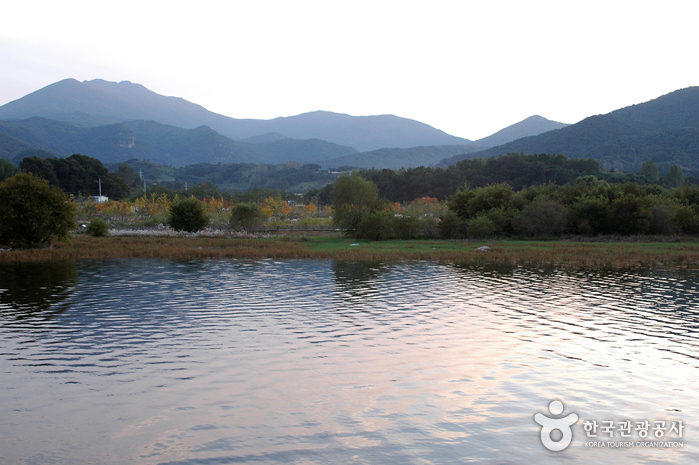

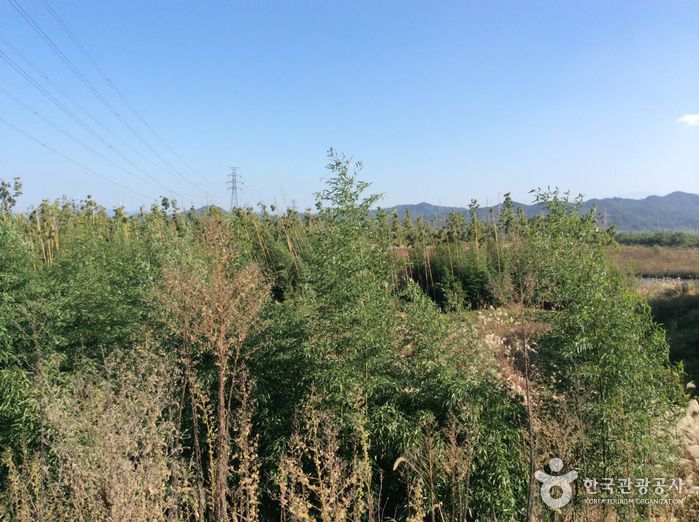
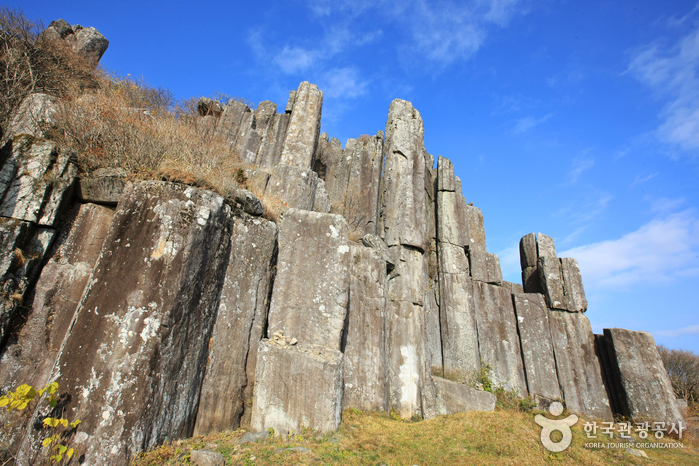
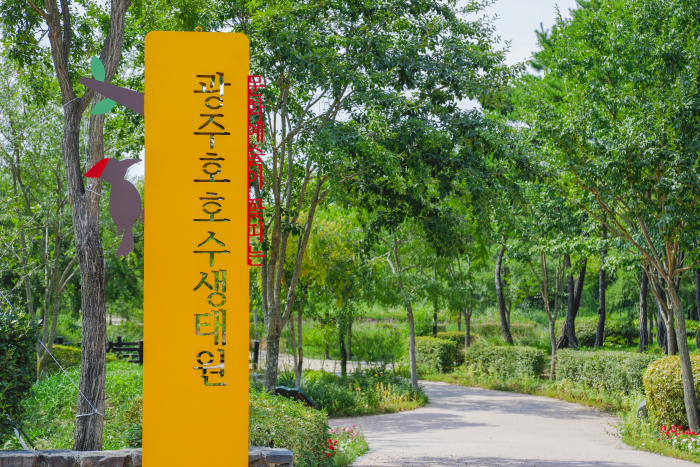
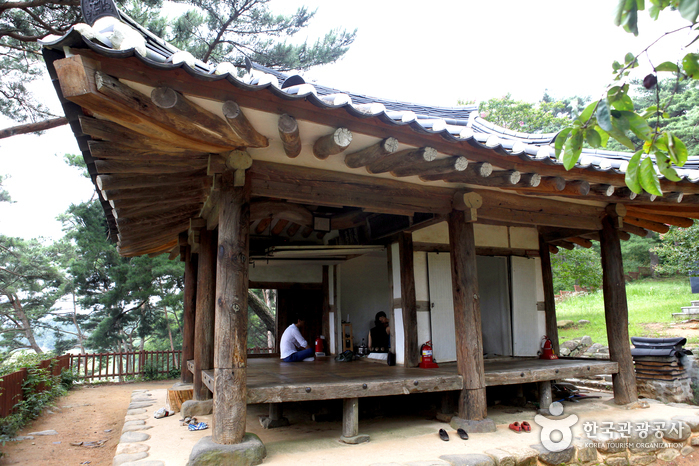
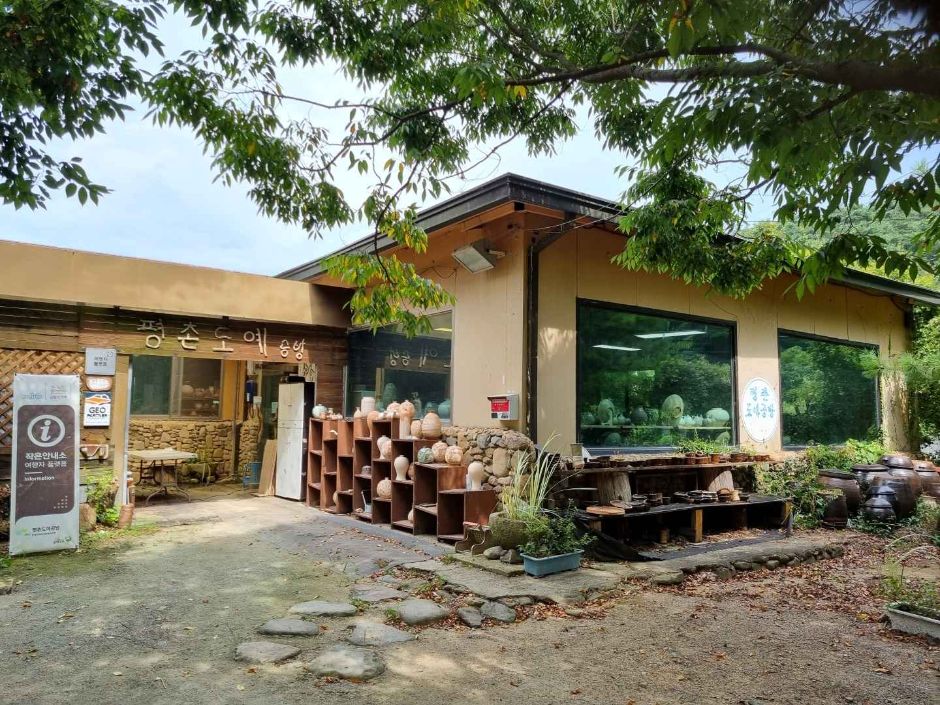
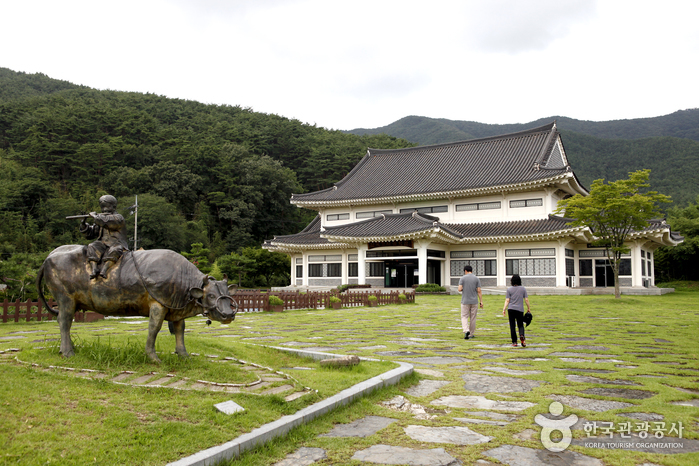
 English
English
 한국어
한국어 日本語
日本語 中文(简体)
中文(简体) Deutsch
Deutsch Français
Français Español
Español Русский
Русский